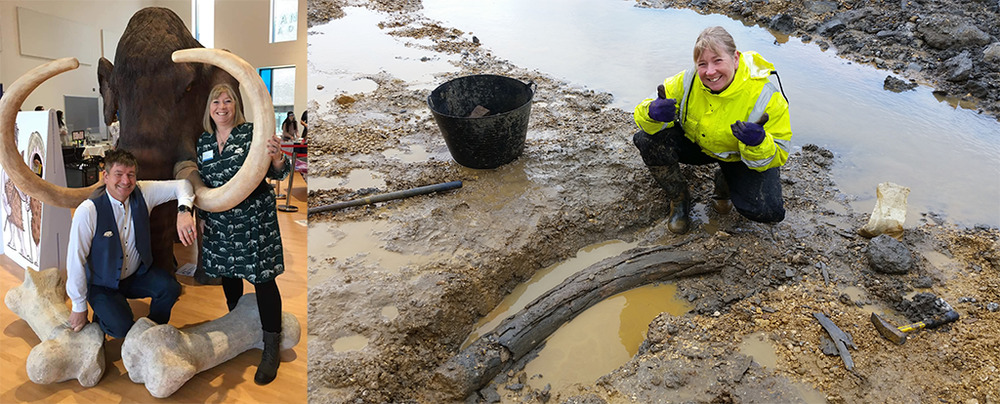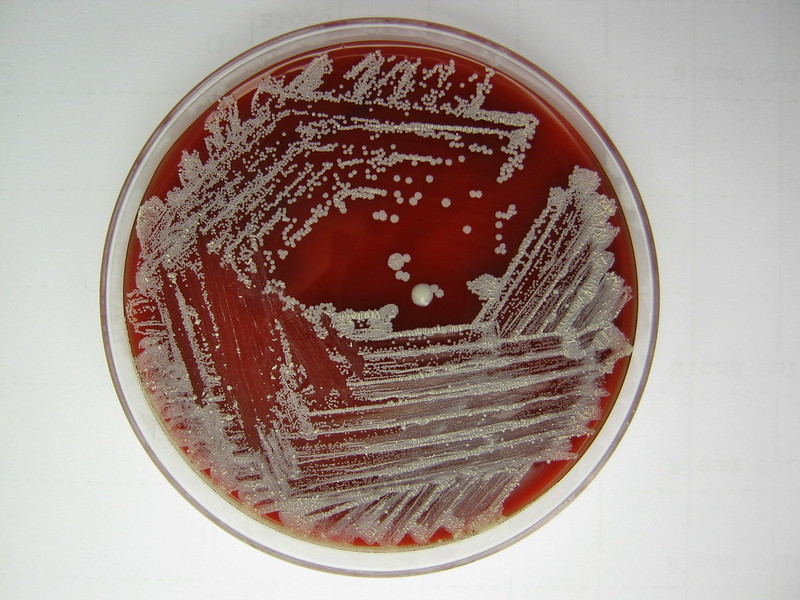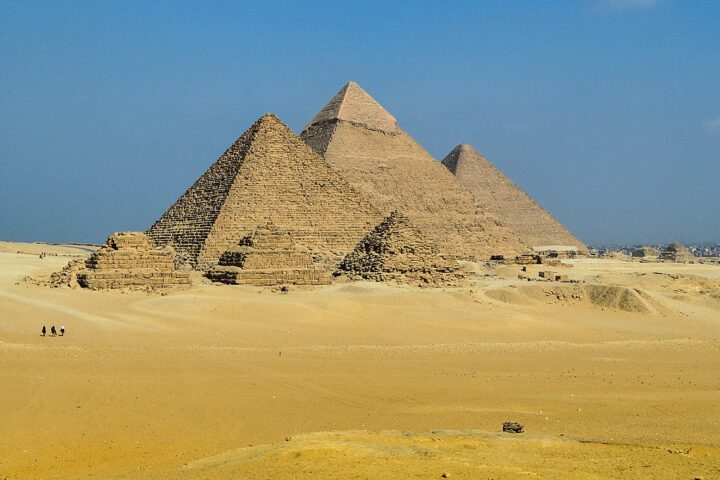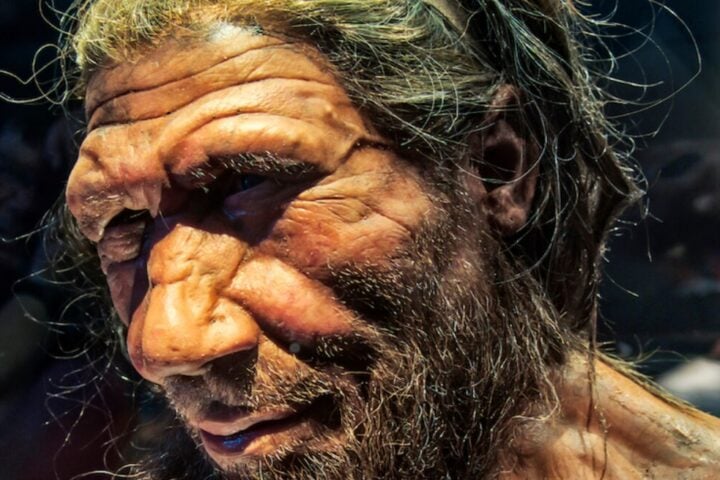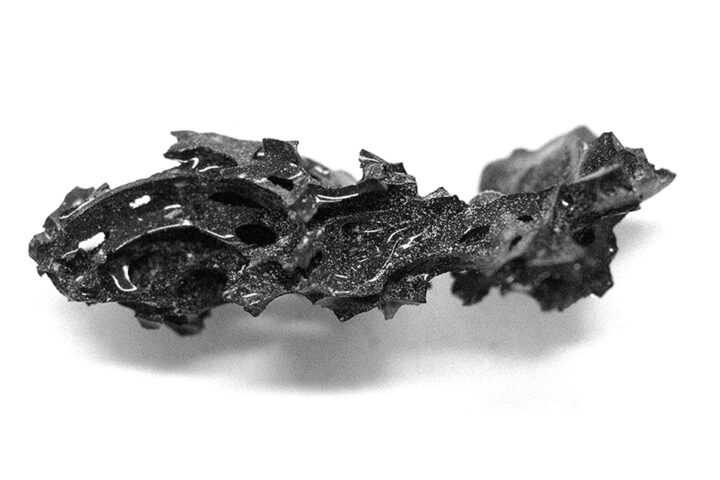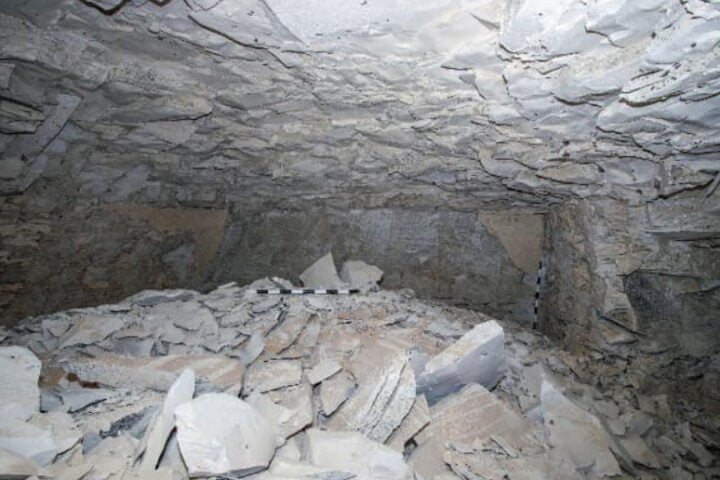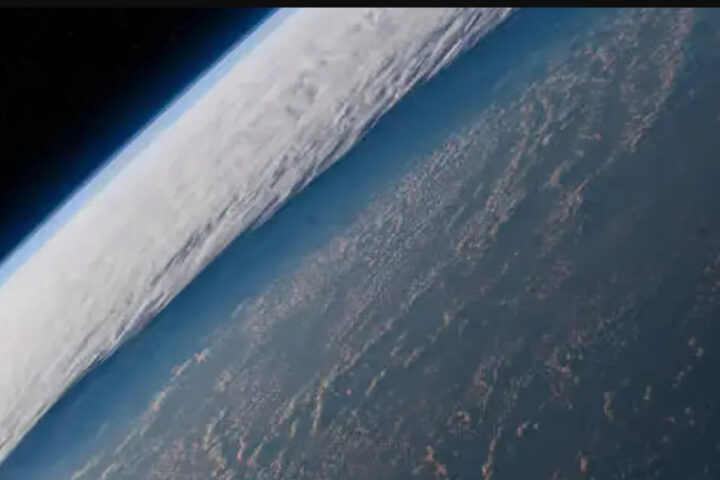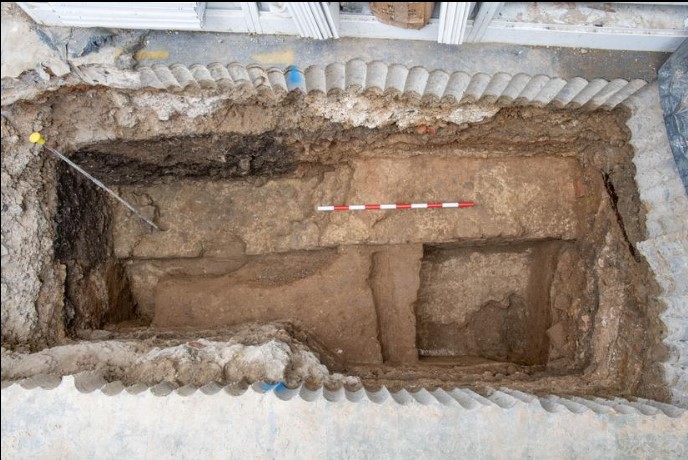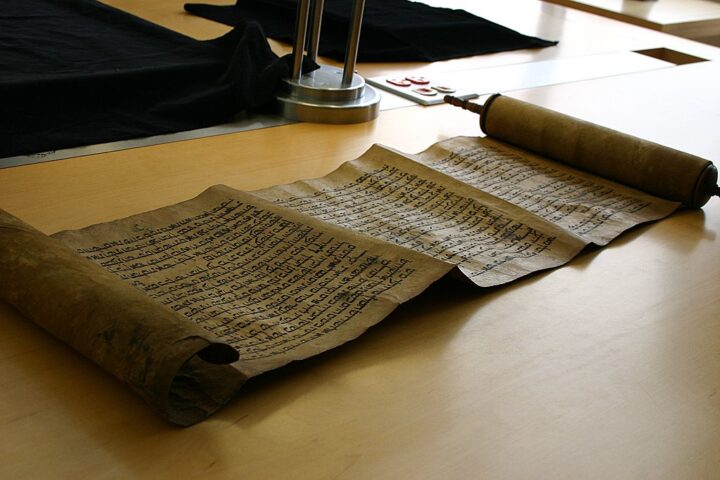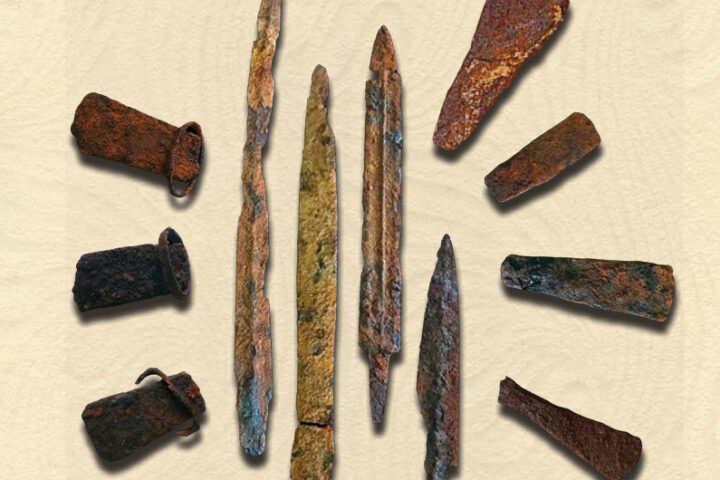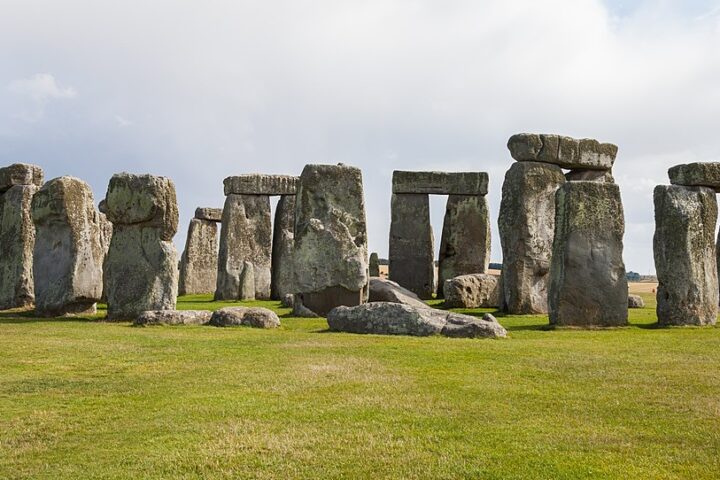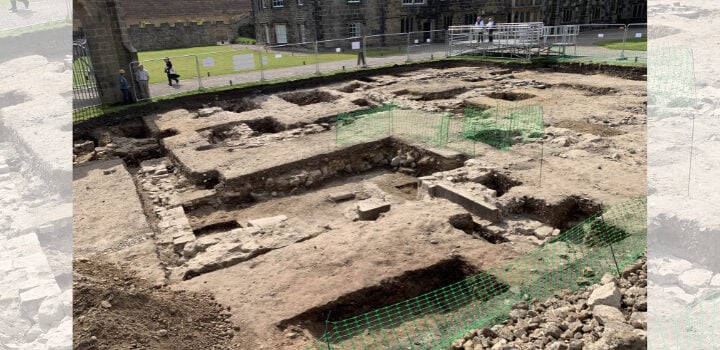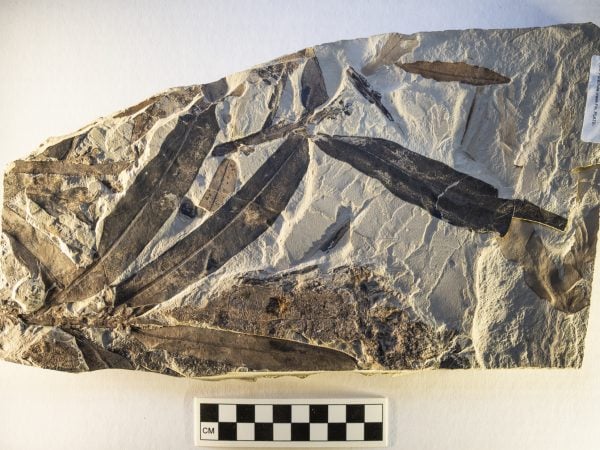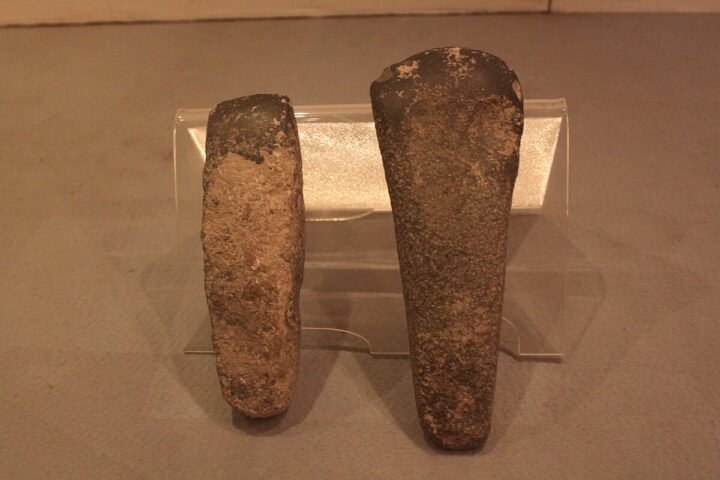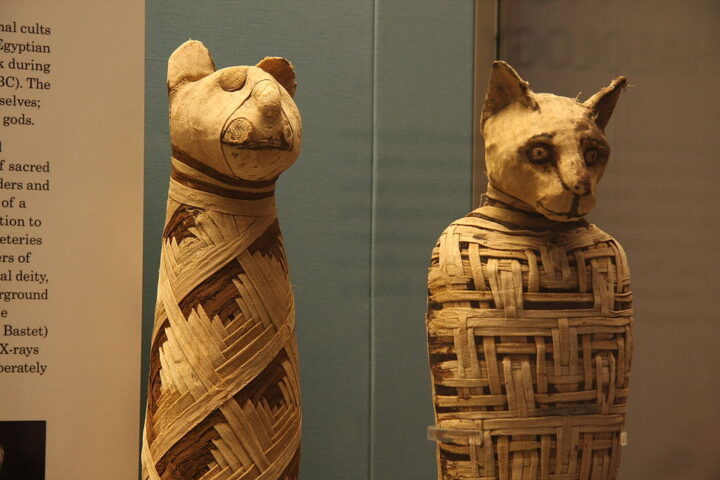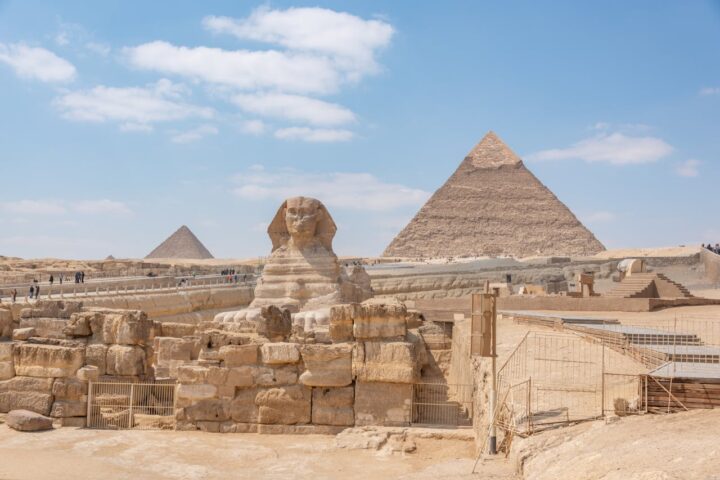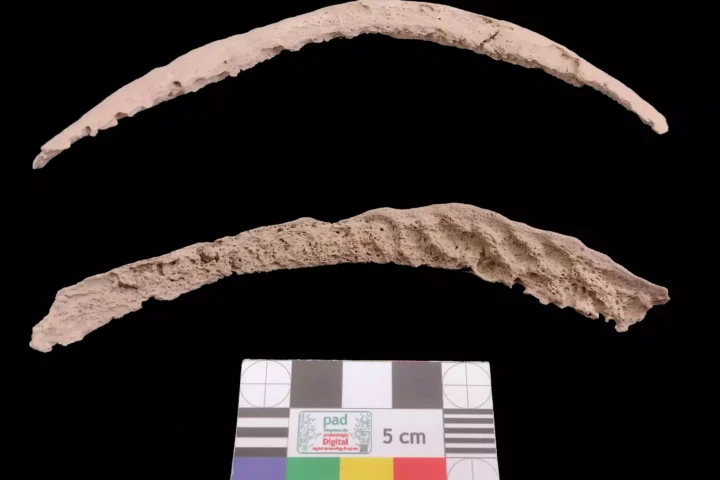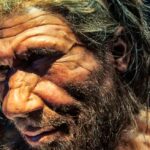A team led by amateur paleontologists Sally and Dr. Neville Hollingworth has uncovered tools used by early humans alongside mammoth teeth and straight-tusked elephant teeth at a quarry near Swindon. These finds are now on display at Cirencester’s Corinium Museum.
“It’s an internationally important location, because there’s very few locations around where you’ll find Neanderthal stone tools mixed up with mammoth bones and ice age animals,” says Dr. Neville Hollingworth, who helped lead the dig.
The story began in 2017 when Sally Hollingworth spotted a stone tool made by early humans called Neanderthals. This discovery was so important it led to a TV show with David Attenborough.
The team found teeth from mammoths (ancient elephant relatives), a Plesiosaur, a marine crocodile skull, shark teeth, and tools made by early humans. These objects help scientists understand what Britain was like long ago – a place where early humans lived alongside giant animals in a climate very different from today.
Similar Posts
“We managed to get material from the quarry floor to museum display within six months – that’s pretty unique in the paleontology world,” says Sally Hollingworth.
The discoveries come from two different time periods. Some are 220,000 years old, from when early humans and mammoths lived here. Others, like the Plesiosaur, marine crocodile skull, and ammonites, are even older – 167 million years old, from when this area was underwater.
Twenty universities sent experts and students to help with the dig, with most of them camping at the site. The objects they discovered are now teaching us new things about how early humans lived.

The museum display runs from February 15 to March 15, 2025. Visitors can see real mammoth teeth, ancient tools, and the skull of a prehistoric sea crocodile. The exhibition includes special activities for families, with children’s illustrator Sally Poyton creating a special Mammoth Family Trail.
After the exhibition, these finds will travel to other museums in southwest England. Plans are also being made for a new biodiversity centre in the Cotswolds to permanently house these local discoveries.
